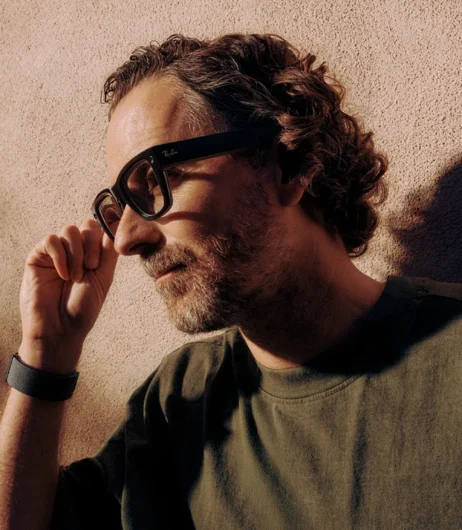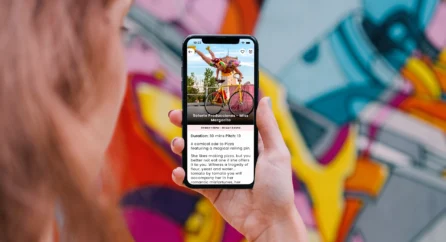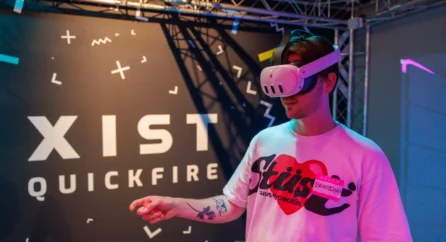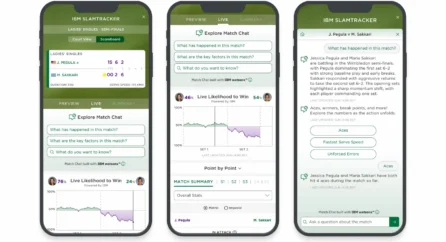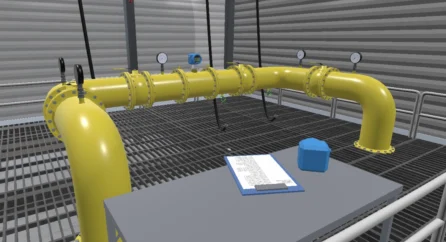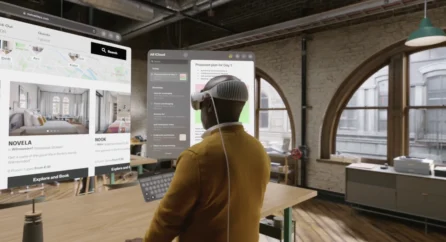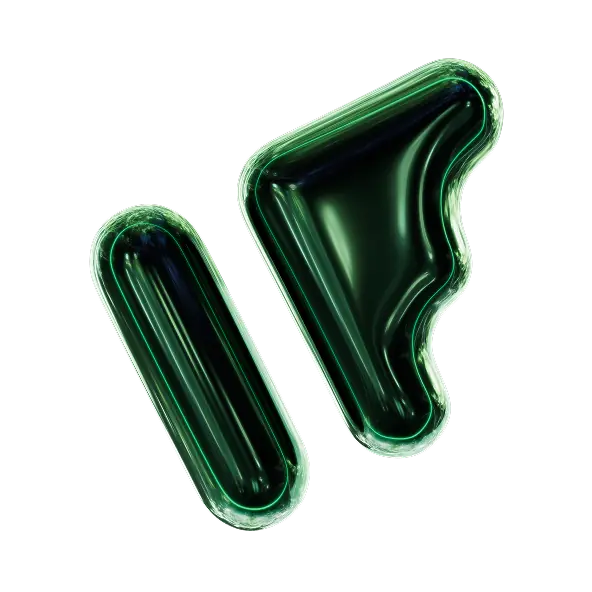Home Knowledge Base Immersive advertising for e-commerce: what it is, how to use it, and what it really costs
Immersive advertising for e-commerce: what it is, how to use it, and what it really costs
30th September 2025
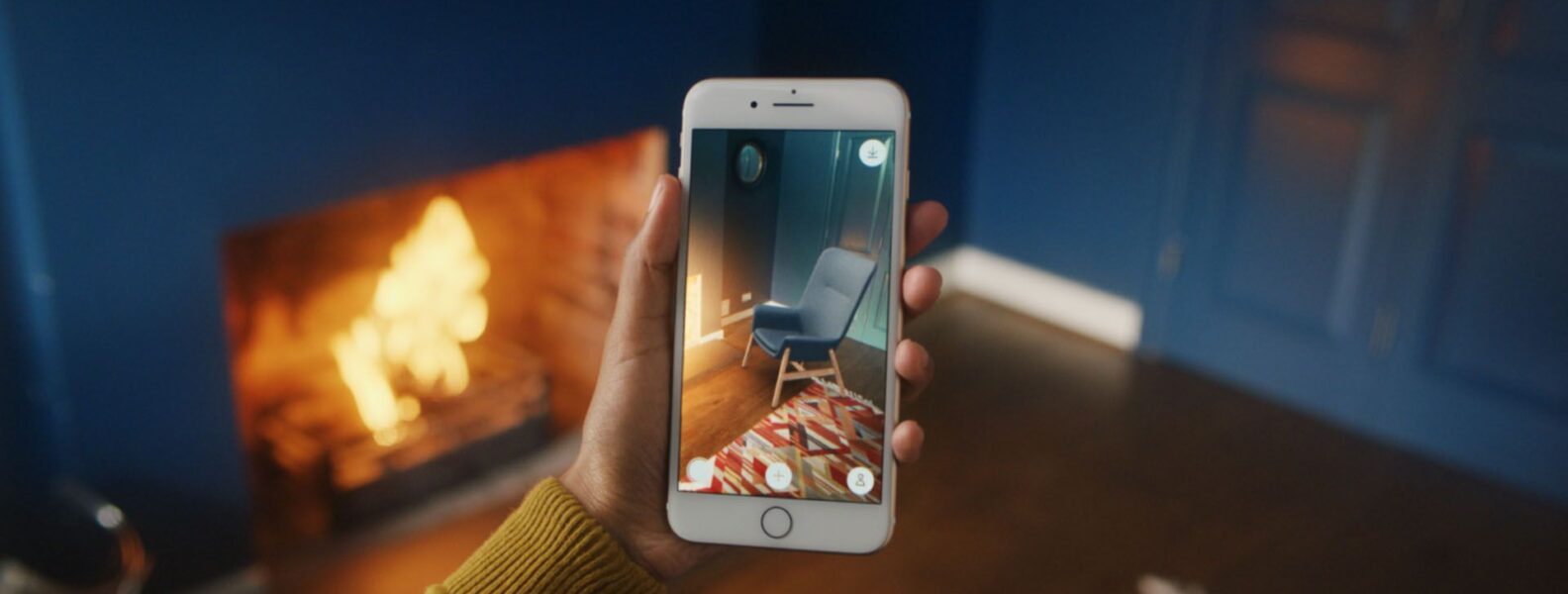
Immersive marketing isn’t science fiction anymore – it’s shaping the way we shop, browse, and make decisions every day. And if you run an e-commerce brand, this is where things get exciting: immersive tech isn’t just for the Nikes, IKEAs, and Guccis of the world. It’s available, affordable (if you start small), and it can help you stand out in a sea of endless product listings.
A lot of people hear “immersive” and picture a futuristic, six-figure VR build that belongs in Silicon Valley. But the truth? Some of the most effective immersive experiences are simple, clever, and designed for conversion.
What immersive advertising actually means
Immersive advertising isn’t another banner ad or a video to scroll past. It’s interactive. It’s the difference between telling people about your product… and letting them experience it.
For e-commerce, this often looks like:
- AR try-ons – letting customers see how sunglasses look on their face or how trainers look on their feet.
- 3D product visualisation – spinning, zooming, and personalising products in real time (think colourways, textures, or customisations).
- Shoppable livestreams – blending entertainment with direct shopping.
- Gamified campaigns – turning product discovery into a game or challenge that rewards engagement.
- Hybrid spaces – pop-ups or showrooms that link the digital and physical together.
The common thread? Customers feel part of the experience. It’s not just marketing at them; it’s marketing with them.
Relatable examples for online retailers
- IKEA Place – not just famous, but practical. Shoppers can drop a sofa into their living room virtually, reducing returns and boosting buyer confidence. If you sell furniture, homeware, or décor, this is a model worth exploring.
- Warby Parker AR try-on – buying glasses online used to feel risky. Now, customers can see
frames on their own face through the app. The result? Fewer abandoned baskets, more conversions. - Sephora Virtual Artist – customers can try on lipstick shades or eyeshadow palettes digitally. For beauty brands, it solves the “but will it suit me?” hesitation that often delays checkout.
- Burger King Whopper Detour – yes, it’s food, not fashion, but the principle applies: use digital + location + play to create buzz and pull people into your ecosystem.
Notice the pattern? These aren’t moonshots – they solve real e-commerce pain points: doubt, indecision, lack of confidence.
Where E-commerce is heading
E-commerce has moved from being about convenience (“buy it without leaving your house”) to expectation (“of course I can order online”). The next frontier? Experience.
Customers want more than flat images and product specs. They want confidence before they click “buy now.” They want to interact with your brand in ways that feel personal, memorable – and crucially, fun.
The direction of travel is clear:
- From static to interactive – product pages that move beyond photos into 3D, AR, and personalisation.
- From one-size-fits-all to personal journeys – immersive tech adapts experiences based on behaviour, not guesswork.
- From transactions to experiences – shoppable livestreams, digital showrooms, and hybrid events blur the line between retail and entertainment.
Big picture growth
- The global immersive marketing market was valued at USD 6.90 billion in 2024, and is projected to reach around USD 29.68 billion by 2030 (CAGR ~28.6%).
- Augmented reality in e-commerce alone was worth USD 5.88 billion in 2024, with forecasts pushing toward USD 38.55 billion by 2030 (CAGR ~35.8%).
- Immersive tech overall (hardware, software, VR/AR/XR platforms) is already a USD 30+ billion market, forecast to surpass USD 200 billion in the early 2030s.

Key trends driving adoption
- Consumer expectation is shifting – 72% of luxury fashion shoppers say they’re excited to use AR in their shopping. People now expect more than flat product images.
- Tech is cheaper and more accessible – AR-capable smartphones, 5G connectivity, and off-the-shelf platforms make entry easier than ever.
- Platforms are evolving – Instagram, TikTok, and Snapchat now push AR discovery and shoppable experiences natively.
- Metrics are aligning – immersive tools reduce returns, boost conversions, and keep customers engaged longer.
- Retail + e-commerce convergence – hybrid strategies mean the same 3D assets can be reused online, in-store, and across campaigns.
This isn’t a passing fad. It’s where e-commerce is heading – and brands that ignore it risk being left behind.
But let’s talk about cost
Here’s the big misconception: immersive = prohibitively expensive. That’s simply not true anymore.
- Social AR filters can be built for around £10k–£30k.
- 3D product models are increasingly affordable (and some platforms like Shopify already support them).
- Plug-and-play AR platforms (such as IdearAR, ARitize, or Shopify’s AR tools) mean you don’t always need to custom-build from scratch.
Yes, you can go all-in with a fully bespoke VR world or metaverse activation – but you don’t need to start there. The smarter play? Pick one meaningful touchpoint. Maybe it’s a 3D configurator for your hero product. Maybe it’s a TikTok AR filter for your next campaign. Maybe it’s a shoppable livestream.
Think of it like your product range: you don’t launch with 200 SKUs. You test, you learn, and you double down on what sells. Immersive works the same way.
How Infinite Form helps
At Infinite Form, we partner with e-commerce brands to:
- Spot the “felt moments” where customers hesitate, doubt, or disengage.
- Design immersive tools – from AR try-ons to 3D product visualisers to hybrid experiences – that make the journey smoother, stickier, and more emotional.
- Scale smartly – starting small and meaningful, then expanding once we know what resonates.
- Tell stories that connect – not just showing what you sell, but helping customers feel something about your brand.
Because in e-commerce, the difference between seeing something and feeling something is what makes people buy, share, and remember.
Immersive isn’t the future of retail – it’s the now. The only question is whether your brand is ready to make the move.
If you’d like to explore what this could look like for your business, we’re always happy to connect and talk it through. We’ll keep it practical, smart, and – most importantly – human.

Niky Ellison
After moving from town to town in the south of England, Niky found his way to Norwich and then to Infinite Form. Alongside studying Brand Communication at UCA he has busied himself with everything from consulting for non-profits to being a children's entertainer. Niky spends most of his spare time playing & creating tabletop games, and is a big supporter of mental health.
Related posts

How creative agencies can use immersive tech to drive results

by Infinite Form
13th Sep 2024

How creative agencies can use immersive tech to drive results

by Infinite Form
13th Sep 2024

How creative agencies can use immersive tech to drive results

by Infinite Form
13th Sep 2024

